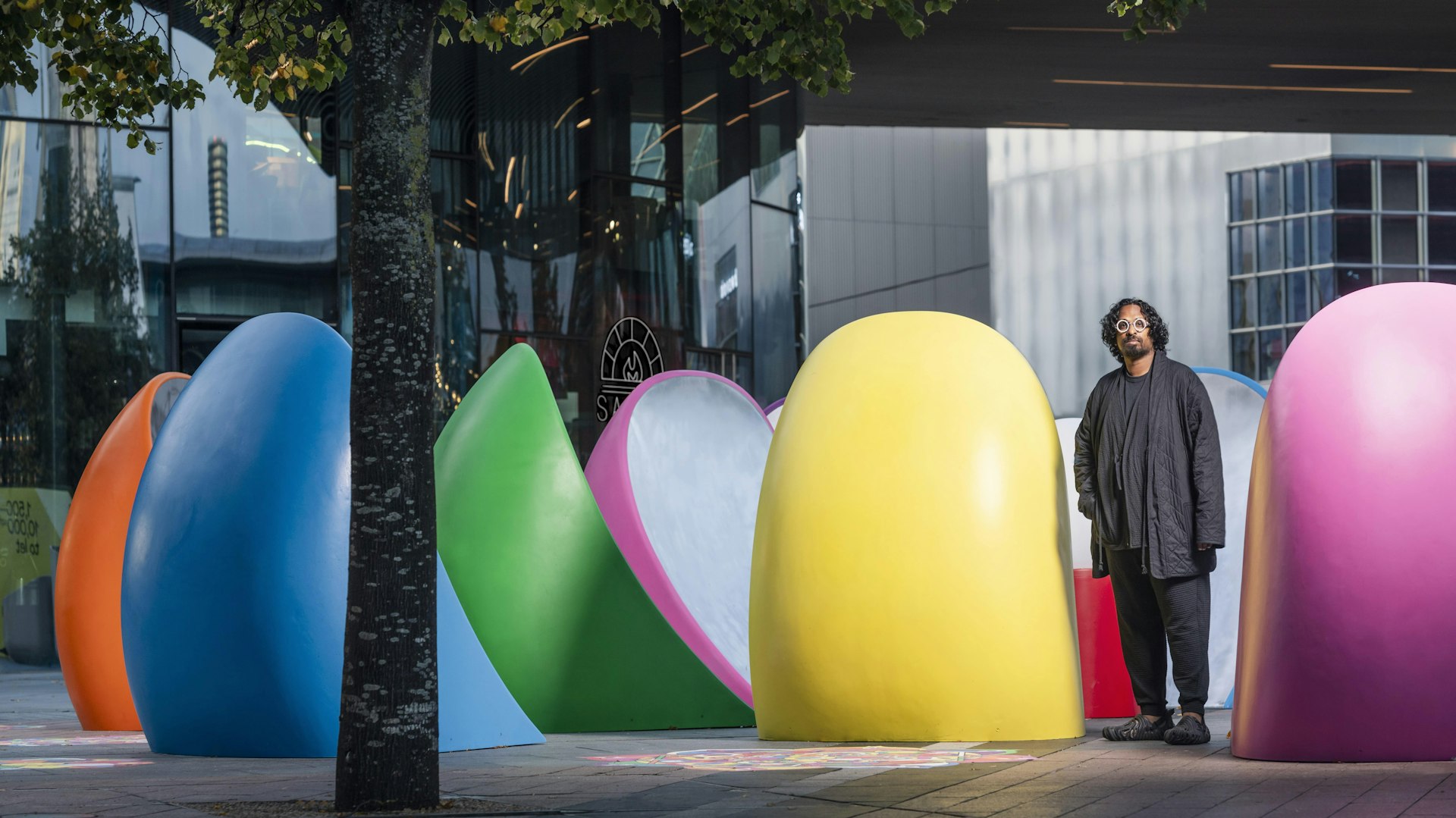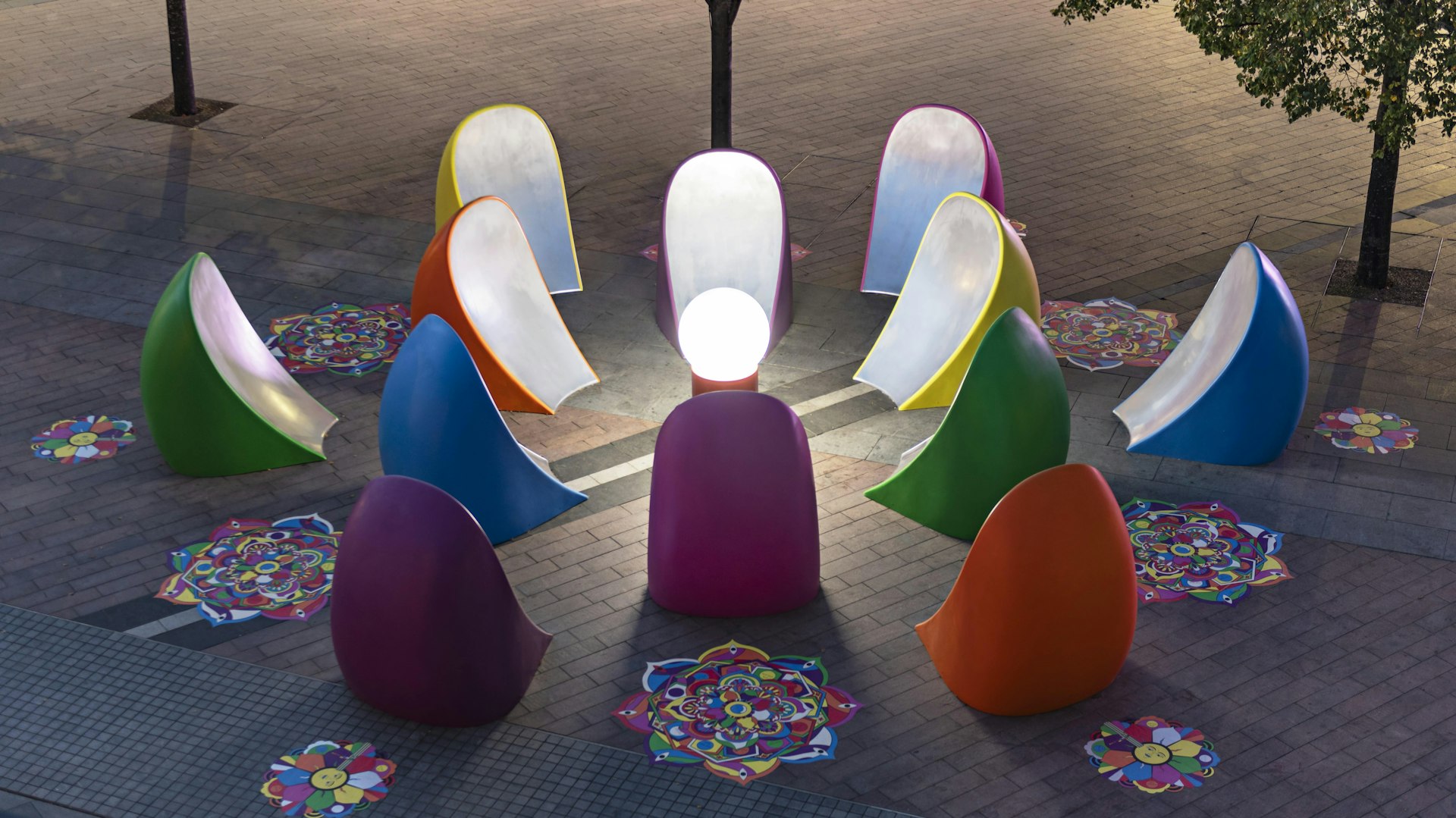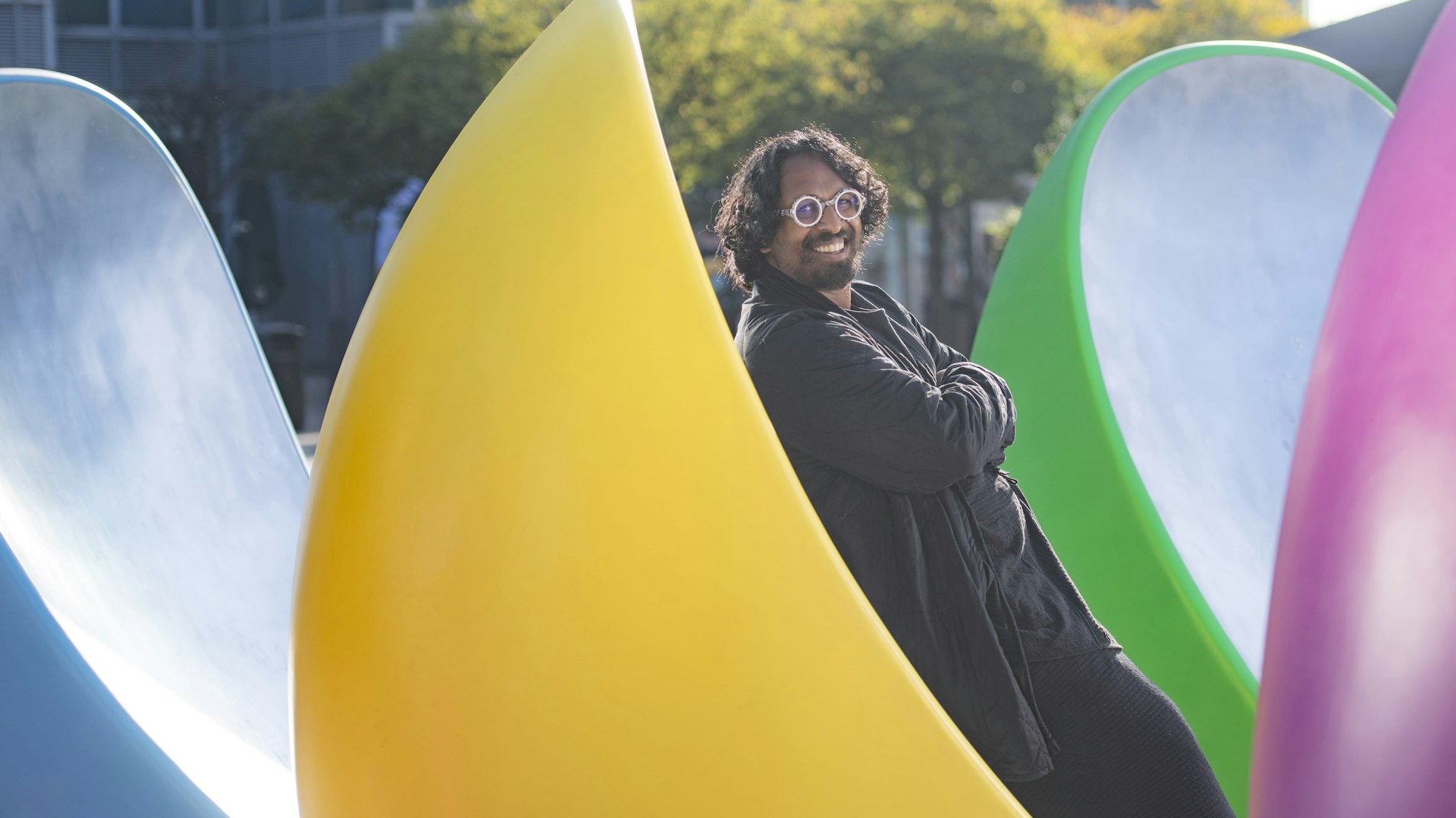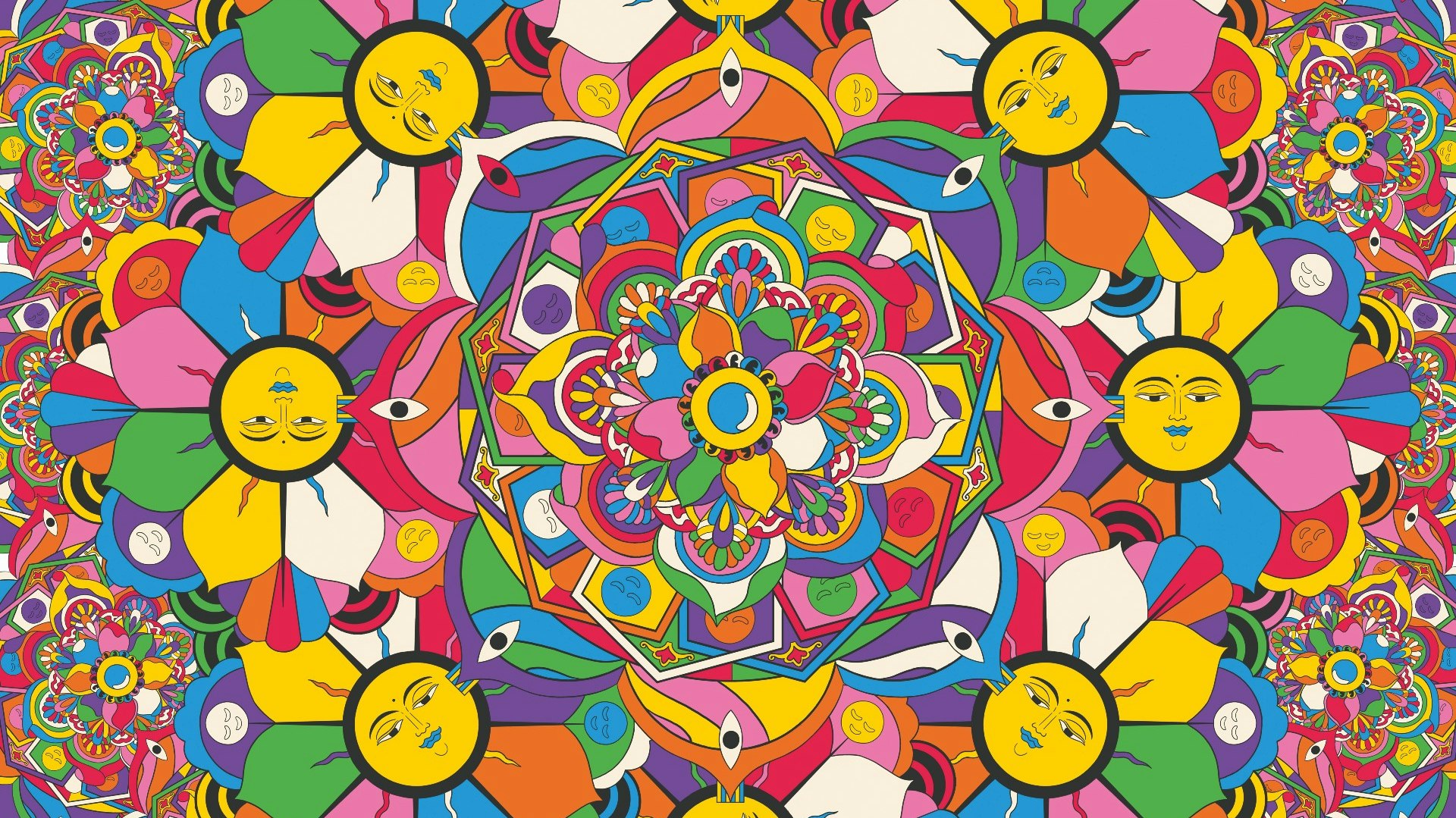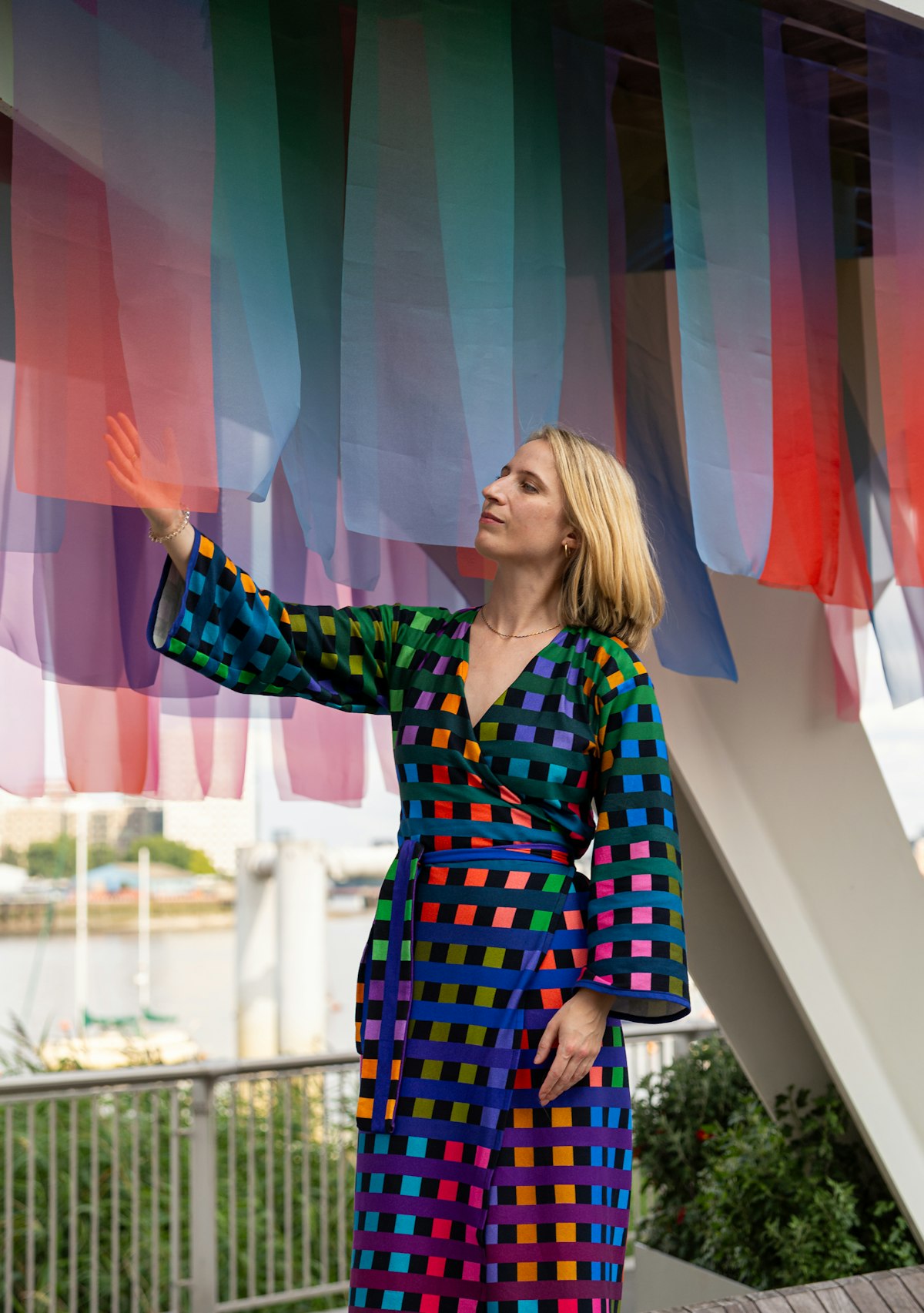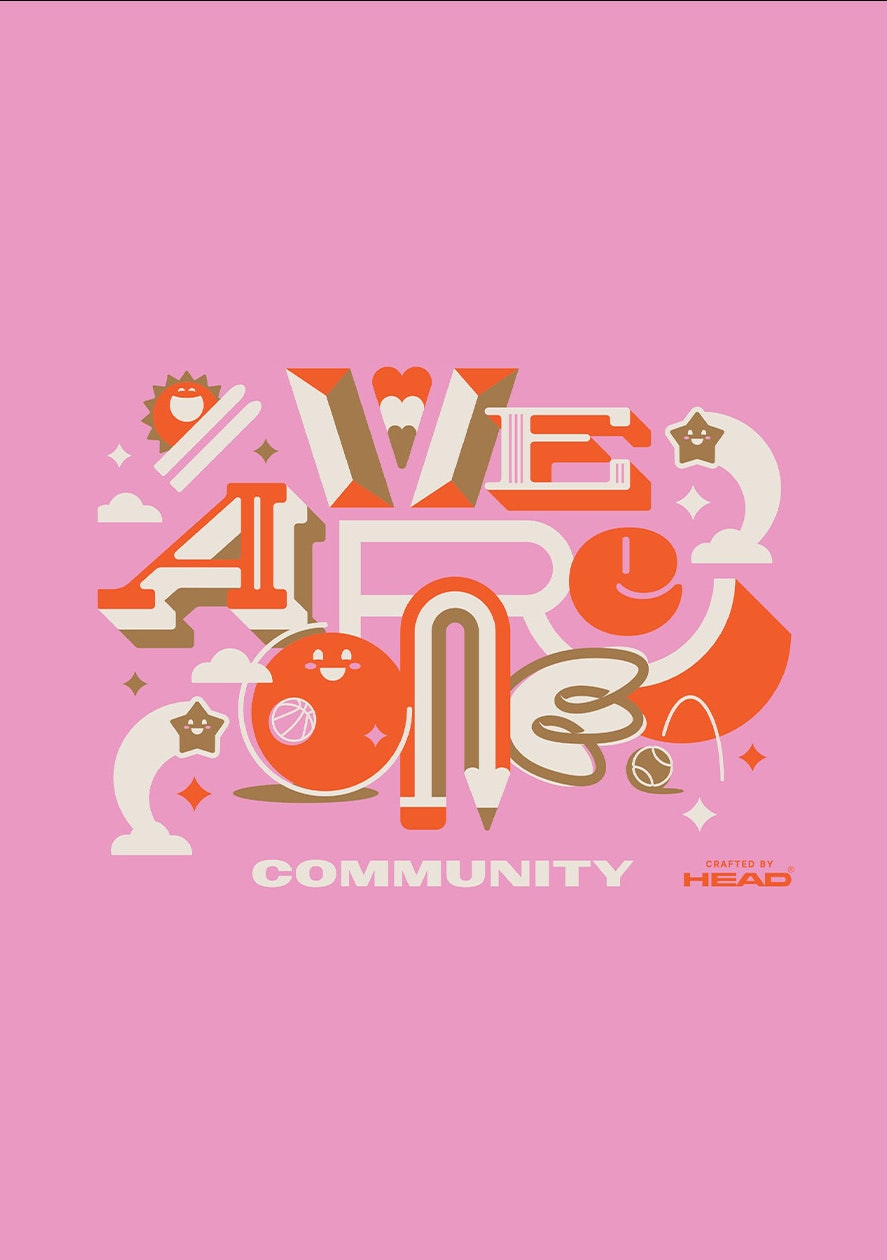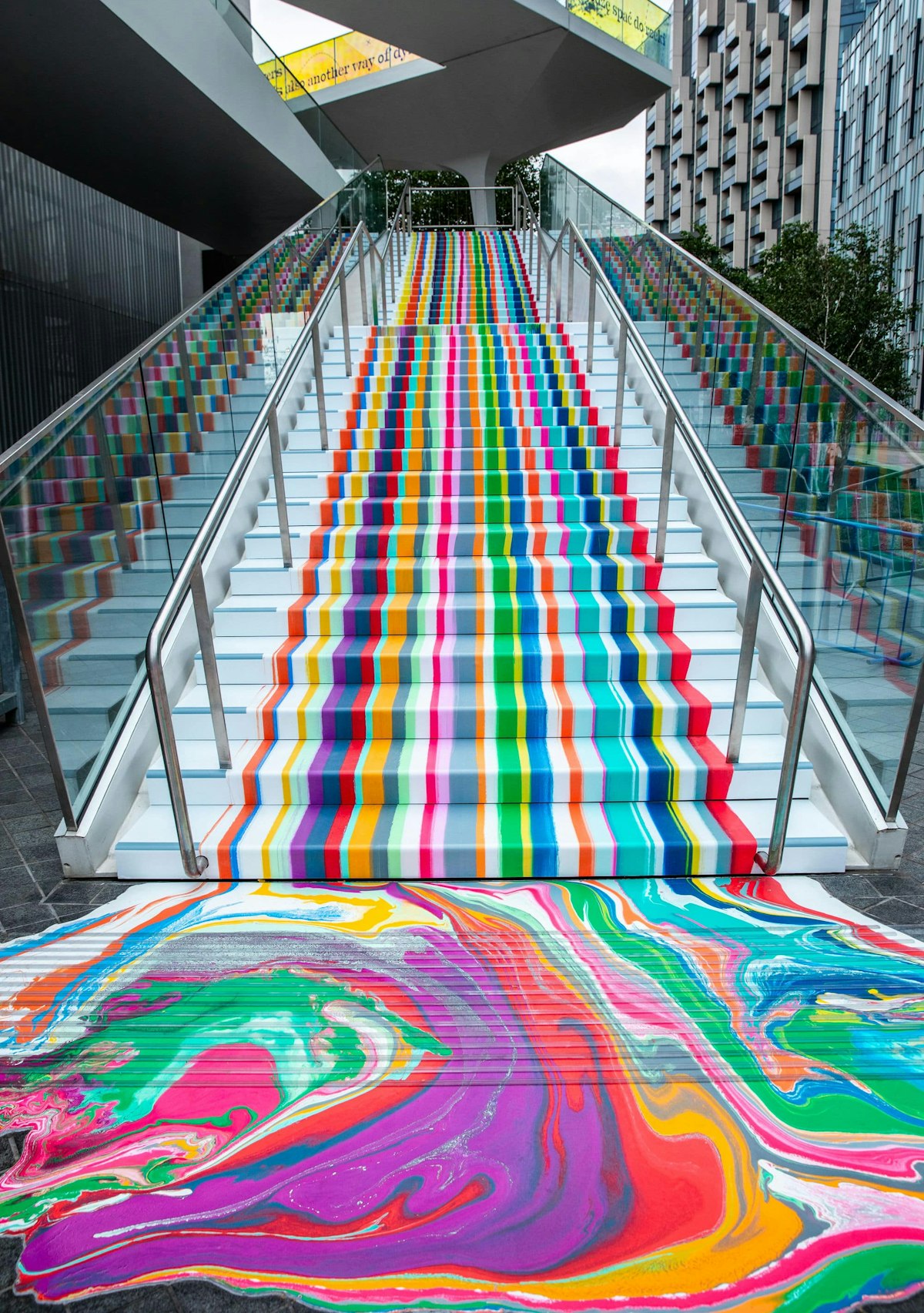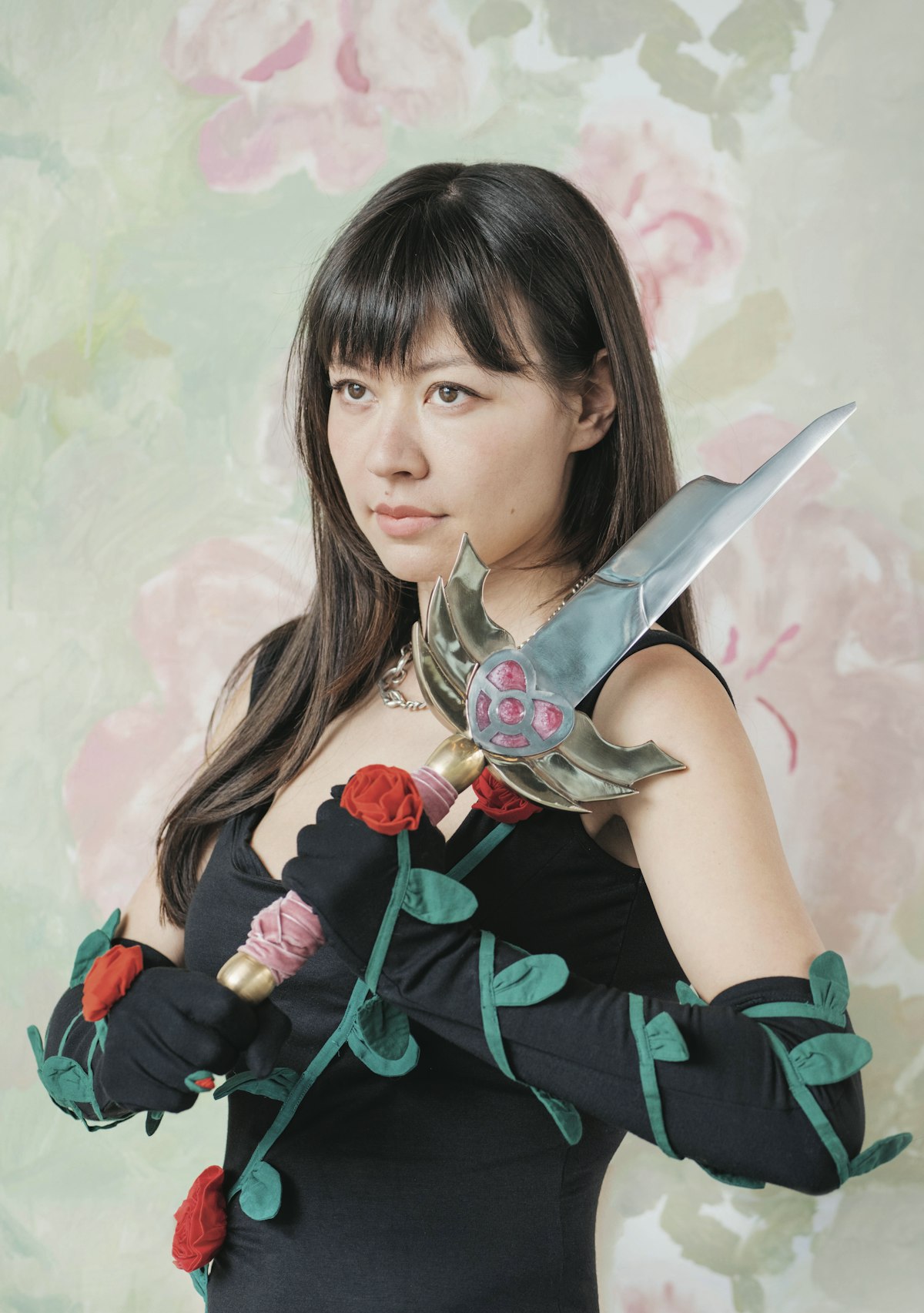
Sincerely Me
“Nothing comforts anxiety like a little nostalgia,” says Morpheus in 2021’s The Matrix Resurrections, very nearly breaking the fourth wall to troll a generation of millennials for whom the films of the late 90s still offer sanctuary from a world on fire. Not that things weren’t equally complex back in 1999 when the leather-clad guru first taught Neo how to kung fu, we just didn’t know it yet. At that time our generation was firmly in its adolescence, getting to grips with having the internet in our homes, mobile phones in our pockets and just scratching at the surface of our burgeoning adult lives. How different things feel now.
It’s not just the Wachowskys feeling grudgingly sentimental for the late 90s in the early 20s. Everyone’s at it; from fashion to film franchises, brands to bands. Not to mention illustrators. “I’m having this weird relationship with nostalgia at the moment,” admits artist, illustrator and cinephile Murugiah who just turned 35 and is spending a lot of time revisiting the music and movies of his teens, including The Matrix.
“Should we still like this stuff?” he wonders. “Should we still be watching Indiana Jones in his denture years? Shouldn’t we be celebrating new things?” Sure, new things are great, but “George Lucas and Steven Spielberg fucked us up with those movies they made in the 80s. They turned us into adult man-children.” Which is just one of many reasons why he’s looking to the past for comfort.
Though it may not sit well with him, nostalgia is proving fertile creative ground for Murugiah’s recent commissions: an EMPIRE magazine cover for Spider-Man: No Way Home (itself just a vehicle for cinematic nostalgia), world tour posters and a 500-piece puzzle for pop punk outfit New Found Glory (whose early-noughties heyday feels like a very distant past) and an abundance of private commissions of reimagined movie posters, including numerous titles from the second wave of Miyazaki movies. “I’m actually working on a private commission for Spirited Away right now,” he says.
Murugiah’s signature graphic style looks even further back in time for inspiration to the aesthetics of the late-1960s and early-1970s, emulating the work of Seymour Chwast and Milton Glaser at the height of Push-Pin Studios’ fame, Yellow Submarine artist Heinz Edelmann, and the acid-infused poster design of the Haight Ashbury psychonauts who turned The Grateful Dead’s music into a rich visual feast.
‘It’s not just for nostalgia that Murugiah riffs on the visual language of this era. Many of these artists looked to the east for inspiration, taking the repeat motifs, fractal patterns and bright colour palettes of Hindu decorative arts and reappropriating them for album covers and gig posters for Western artists. Murugiah mines a similar creative seam for much more personal reasons.
A second generation Sri Lankan immigrant born in England and raised in South Wales, his work explores decorative eastern art as a way of giving voice to his cultural heritage, then merges it with the pop cultural influences that dominated his childhood: American punk rock, Japanese anime, lurid Saturday morning cartoons and vibrant kids’ comics. The result is an aesthetic entirely his own, a psychedelic mashup of styles and influences at once vigorously bright and optimistic, revealing hidden depths and darkness on closer inspection.
“I’m a person of South Asian heritage who grew up in South Wales with Sri Lankan parents. I’m very British, but I look in the mirror and I’m brown-skinned. That’s a pretty unique take on the world,” he says.
Murugiah has only recently begun to explore his Sri Lankan roots in depth. As a child in 1990s South Wales, his parent’s cultural background was something he eschewed.
“It’s such a weird thing, growing up being the child of an immigrant, because you’re in two worlds, and I very much just jumped into that Western world very early. I was trying to move away from my culture because when you’re a child you try to rebel against what is the norm. And I’ve been doing it ever since.”
The pattern continued when he left home for university to pursue a degree in architecture, a subject known for the dominance of Western practitioners and colonialist practices. Here, “all my architecture friends were white and from the UK.” Increasingly though, “I get asked where I’m really from, and it’s only recently I’ve realised that I’m also Sri Lankan and I have this cultural background behind me. What does that mean? What does it represent? Celebrating that side of myself is a really beneficial way of dealing with being othered and experiencing racism,” he says. “Maybe it happens to a lot of children from immigrant backgrounds at the same age. Maybe they get into their mid-to-late-20s and start figuring this stuff out. Or maybe they've developed it from when they were very young. But a lot of the people who have had similar lives to me are having similar experiences now. We’re kind of exploring our British identity and our cultural identity as well.”
In recent months this exploration has had a tangible impact on the commissions that Murugiah has received, his artwork used as a vehicle to explore themes of compassion between cultures. For Refugee Week he was commissioned by Choose Love to design an installation on the South Bank. Working with young asylum seekers he created visuals that represented their ideas of closeness and connection and to celebrate the qualities that bind rather than divide us. He’s expanded on that theme further with his Greenwich Peninsula commission for the London Design Festival, diving headlong into the rites and rituals of Diwali for a new sculptural work called Rangoli Mirrored Cosmos.
Diwali is a Hindu, Jain, Sikh and Buddhist celebration of the triumph of light over darkness, good over evil and knowledge over ignorance, but it also acknowledges the importance of duality in the world; one extreme cannot exist without the other. As someone who has struggled with his mental health for his entire life, this dichotomy appeals to Murugiah. “I’m a positive, colourful guy,” he says, “but I have this severe mental health struggle in my life. I suffer from severe anxiety, depression and closed-off emotions,” all of which makes its way into the work. In Rangoli Mirrored Cosmos, a giant flower emerges from beneath the earth, its mirrored petals reflecting the viewer’s image back at them from 360 degrees. The flower is both a map of the universe and an invitation for the viewer to explore their “inner cosmos”; their own struggles with dark and light, good and evil, knowledge and ignorance. Interspersed among the petals Murugiah has designed myriad technicolour rangoli, ornamental devices left at the entrance to Indian and Sri Lankan homes to welcome Lakshmi, the goddess of wealth and prosperity, and to denote a vibrant, thriving household.
“It’s about emerging positivity and small universes within an infinite one,” says Murugiah. “It’s a really fun way of talking about the multiverse within a person and the multiverse that they, in turn, exist in.” Which thematically is more Everything Everywhere All At Once than The Matrix Resurrections. No matter. In Murugiah’s illustrated world, a movie reference is never far away.
Visit Rangoli Mirrored Cosmos in Peninsula Square from 16 September 2023 - 29 October 2023
Images by Charles Emerson
